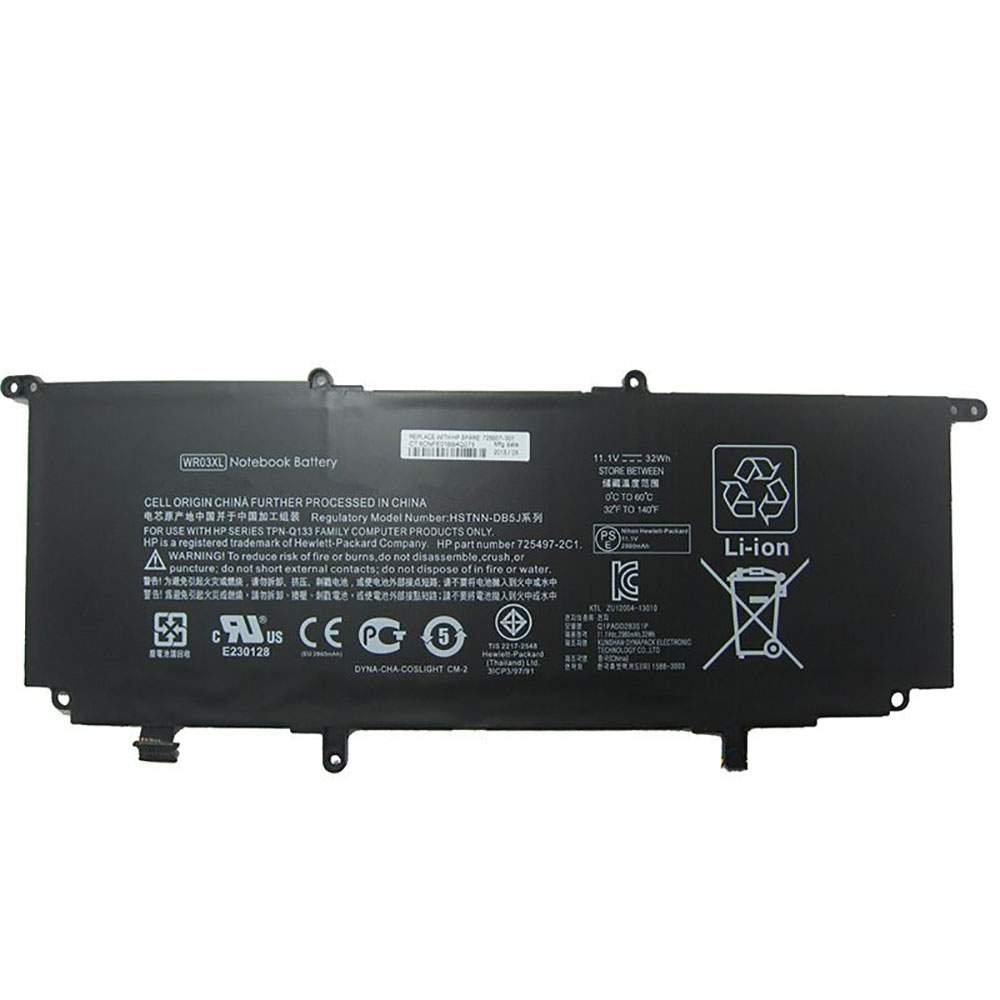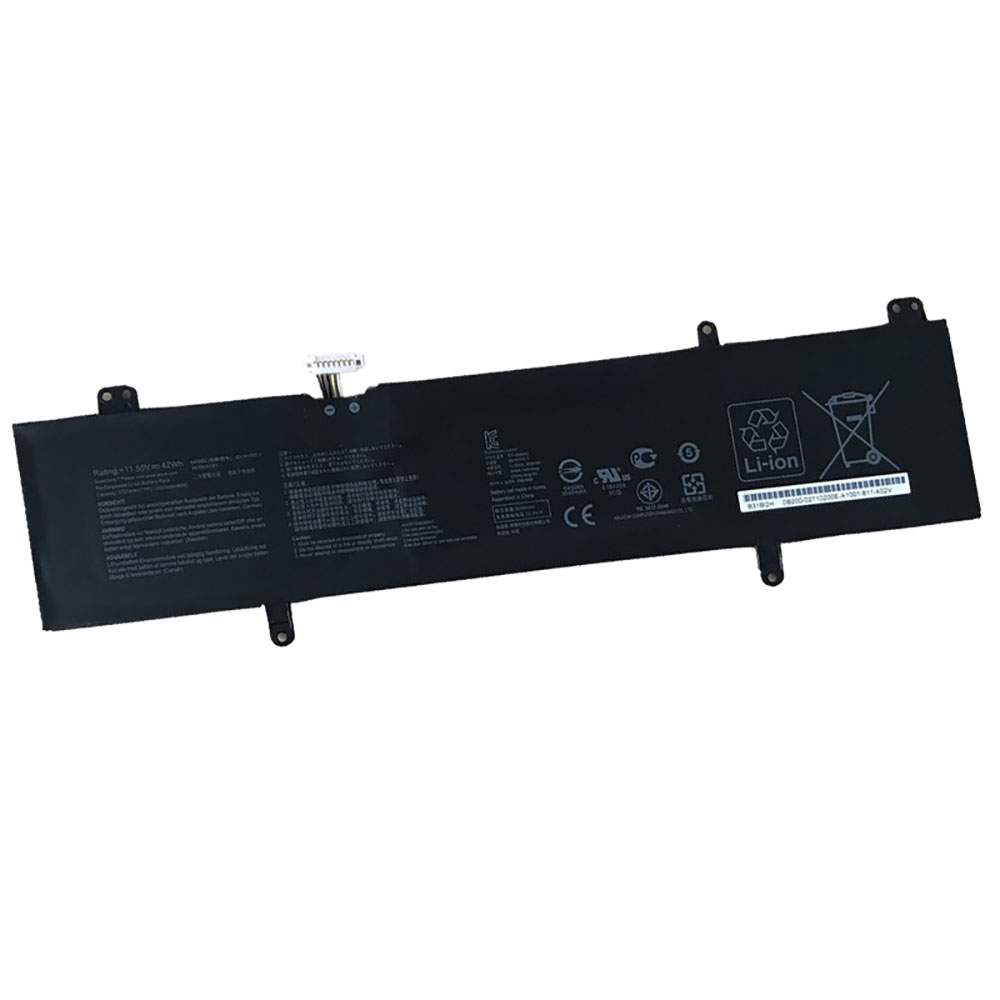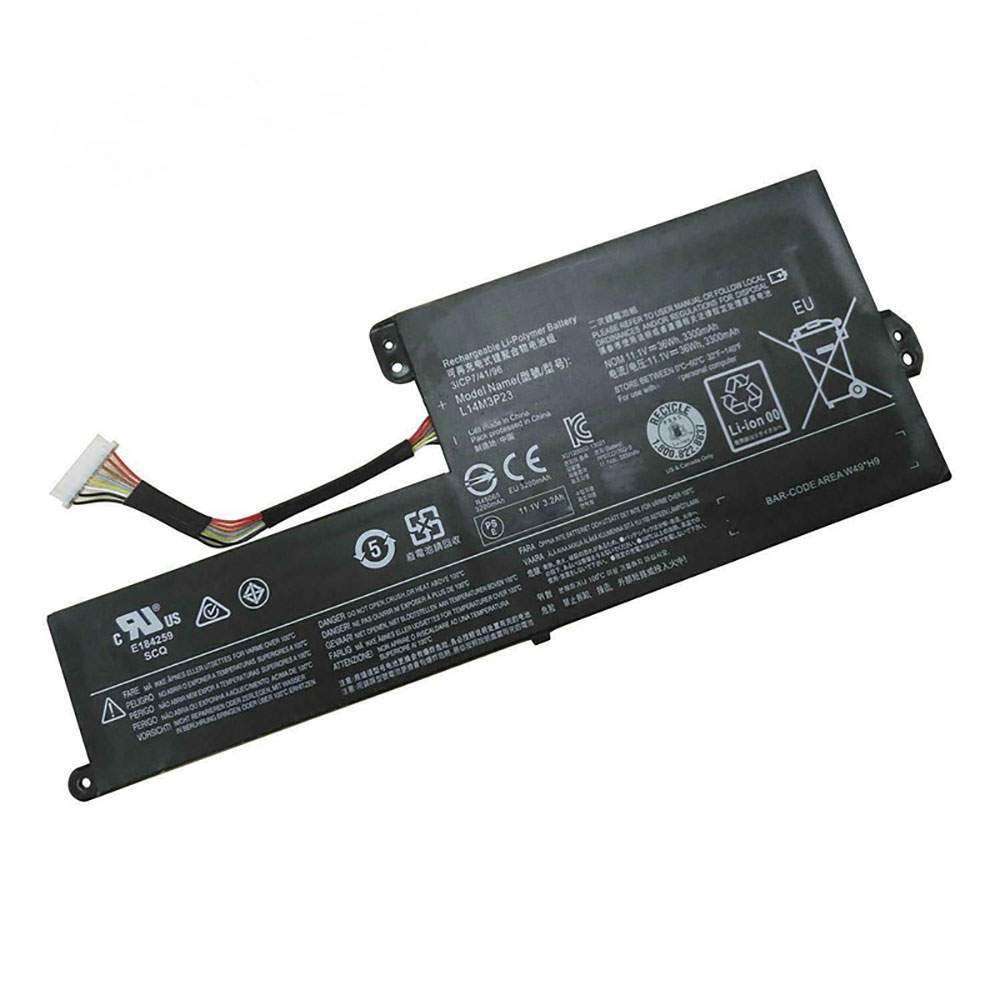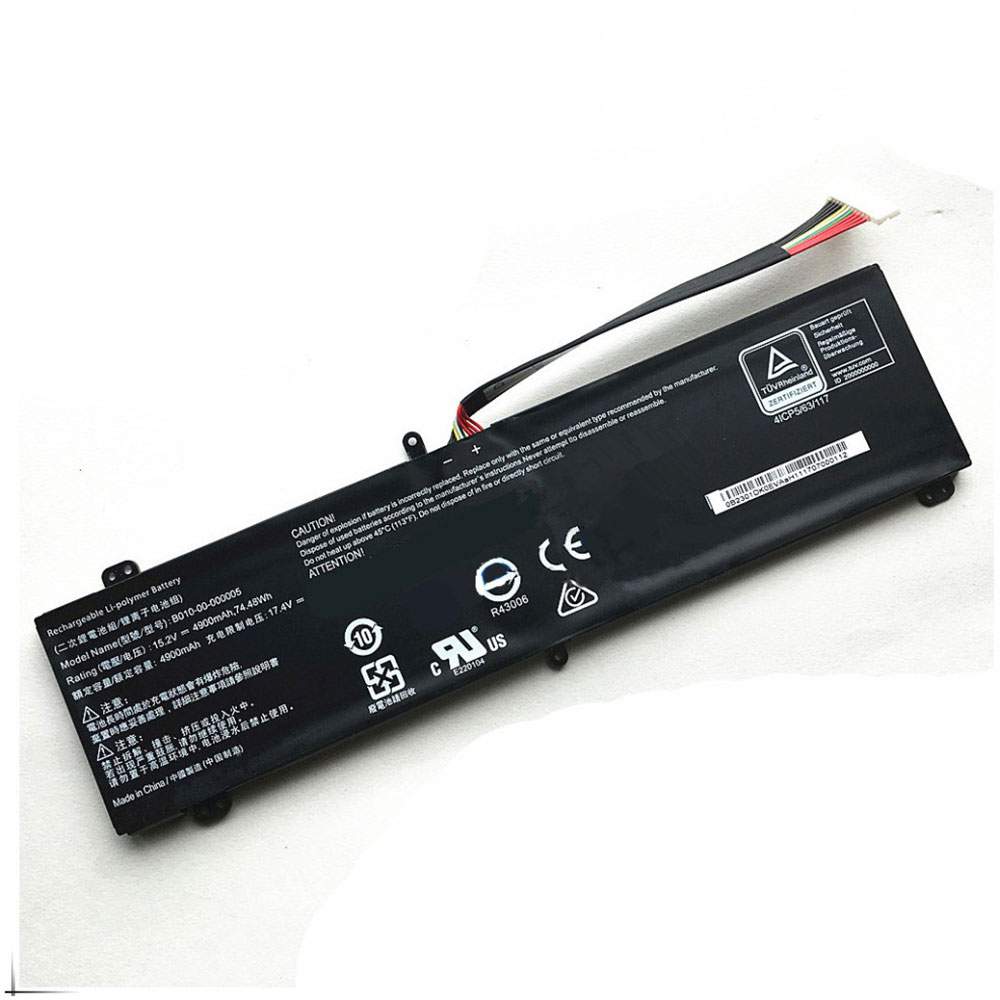Google has just unveiled its latest Pixel 4 smartphone, following weeks of leaks. There’s a new face unlock feature, a high refresh rate screen, a faster Google Assistant, and spatial awareness using radar. All of those improvements look great, and you should check out our full hands-on for all of the details. But Pixel is synonymous with photography, so I wanted to see how the Pixel 4 fared against Apple’s iPhone 11 Pro.
Google’s Pixel devices have been the ones to beat in smartphone photography for years, but strong Android competition from Huawei, Samsung, and others has challenged the Pixel’s camera recently. We even called Apple’s latest iPhone 11 Pro camera the best on the market in our review last month, so the Pixel 4 now has some serious competition to beat.
I took to the streets of London earlier today to try out the Pixel 4 and iPhone 11 Pro side by side. I took every photo at the same time, as close together as possible to get an identical image just using the automatic mode on both built-in camera apps. These photos were taken mostly in natural light and on a sunny and overcast day.
We won’t be testing the astrophotography feature in Night Sight or the high-quality zoom included on the Pixel 4 as we’ll have a review with these features soon. We wanted to provide some early side-by-side real-world shots for comparison ahead of that full review to get a better idea of what both cameras can do. Stay tuned for a full in-depth review where we’ll dig a lot deeper.
I started off in a typical London park, picking the light between the trees and capturing a stealthy cyclist who just managed to avoid the lens on the iPhone 11 Pro. Both handsets do a great job of capturing the natural light through the trees, the shadows, and a tiny bit of lens flare.
Next up, I wanted to try something with some color mixed with a lot of natural light that floods into Greenwich Market during the daytime. You’ll notice that the Pixel 4 does a much better job of balancing the light from the ceiling here, with far less saturation than the iPhone.
One of the more telling and interesting shots that I’ve taken today is of a simple fluffy yellow cushion. You’ll notice that the yellow fuzz looks a lot crisper on the iPhone 11 Pro (on the right) when you zoom in. On a phone screen, it’s difficult to see the differences until you zoom in.
Next up, it’s time for some human shots of hair and faces. The Pixel 4 does a far better job of capturing my face, beard, and skin detail. The colors are a little cold and dark, but the iPhone’s are far too warm. I prefer the detail and color in the Pixel 4 overall.
When it comes to human hair, we’ll need to do plenty of testing in a variety of lighting conditions, but the Pixel 4 does a better job of getting the correct color in our sample shots. The detail is very similar once you zoom in on both photos, though.
I’ll leave you with a few more images that you’ll really need to zoom in on in order to see the differences. Performance between the two during the day is pretty similar at first glance. Overall, you’ll notice that it’s difficult to pick between the two unless you zoom in for detail. Apple’s iPhone 11 Pro consistently looks more saturated with cooler tones, while the Pixel 4 opts for contrast in most shots and often looks warmer as a result.
We’ll be testing the Pixel 4 fully in the coming days, so stay tuned for a full review and plenty more sample photos.





